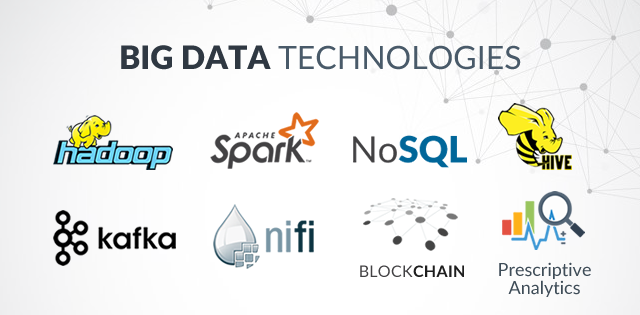Table of Contents
To be at the top of your field is one thing, and maintaining your position at the top is another. The same thing applies to the IT industry and Big Data technologies are doing the later thing so well!
Data management will decide the position. If any organizations don’t know to handle the tons of data coming daily and not able to use it properly then they are likely making way for other organizations which know how to make their data talk.
This game of cat and mouse is always going and this benefits Big Data industry as they are trying to develop new technologies so they can use Big Data in the most innovative way.
Traditional tools are failing to handle tons of data because it’s coming in various forms.A recent survey suggests that 80% of the data that is generated today is unstructured in nature.The main problem with that is how to transform unstructured data into structured before storing it.
Analytics must be done with these data so that patterns and trends can be gained by running any kind of marketing and promotional campaign which will help organizations in attaining their goal.
Big Data technologies help to manage and analyze Big Data and thus to derive meaningful value from the large set of data that help in making right and beneficial business decisions.
Now let’s look at the top Big Data technologies which can be used by businesses:
1. Apache Hadoop
Apache Hadoop and Big Data have become synonymous with each other. It’s like if Big Data is the cricket Hadoop is the bat. Apache Hadoop, one of the most popular Big Data technologies, is an open-source framework and used for distributed processing of large datasets in a cluster. Hadoop Distributed File System (HDFS) is a storage type system of Hadoop which allows splitting big data and distributes them across various nodes in a cluster. Data is replicated into each cluster so data availability is the maximum.
2. Apache Spark
Apache Spark is also an open-source framework built on the similar Hadoop ecosystem. Its modules are pre-defined to support streaming, machine learning, graph processing, and SQL support.
Big Data programming languages like Python, Java, Scala, and R are easily supported by Spark. The main concern with every system is the processing speed and Apache Spark is one hundred times faster than Hadoop engine, MapReduce.
3. NoSQL
Traditional databases are used to store data in a structured format which is in the form of tables (rows and columns). Now as time has changed, data has become more diverse and unstructured in nature for which we need NoSQL. NoSQL has no particular schema, as each row can have its own set of the column. NoSQL provides fast processing and better performances but consistency is where it fall bit short.
4. Hive
Hive has a SQL-like interface to query where data is stored in Hadoop cluster system or normal databases. It was originally developed by Facebook. Another from the list of Big Data technologies, Hive uses SQL like interface to extract Business Intelligence from the Hadoop cluster systems. Hive can be used by those who have some decent knowledge of SQL.
Online Transaction Processing is not provided in Hive, and also doesn’t support row-wise insert and update, which is one of the shortcomings of it.

5. Kafka
Kafka is an open source distributed messaging system which works as an intermediary between different Big Data systems such as Spark, NiFi, etc…
It is fast, horizontally scalable, durable, and fault-tolerant. It was built for LinkedIn but now has become a part of Apache Software Foundation and is used by a number of different companies.
6. NiFi
NiFi is a tool which is scalable in nature. It is responsible to store and process data from various sources without the use of hardcore coding and with a slick User Interface. It’s a tool of NSA. When there is no data source; it allows using Java to write your own processor.
7. Blockchain
The blockchain is a distributed database mainly used by the venture capitalist and analysts in Bitcoin digital currency. Once you have written anything in the Blockchain database then it cannot be deleted. It can be used by industries like banking, healthcare, insurance, etc. because it is highly secure.
8. Prescriptive Analytics
Big Data analytics used to be segregated into four types by the analysts. First as descriptive analytics which simply tells what happened? Second is diagnostic analytics due to what reason that event occurred? The third type is predictive analytics which tells about the thing will happen next? Most analytics tools available on the market can keep up to these threes.
But there is a fourth one also named as Prescriptive analytics which tells you to carry out some things to get the desired result. Very few organizations have invested in this but the analysts who have started to experience benefit from predictive analytics believe that this will be next big thing for organizations.
healthcare, insurance, etc. because it is highly secure.
Final Words
Big Data ecosystems are evolving continually and the innovation is happening frequently as the new Big Data technologies are coming into existence. Many of these Big Data technologies are the latter of Hadoop-Spark systems. The utilization of Big Data technologies in the proper manner will help businesses to be more productive and efficient.


